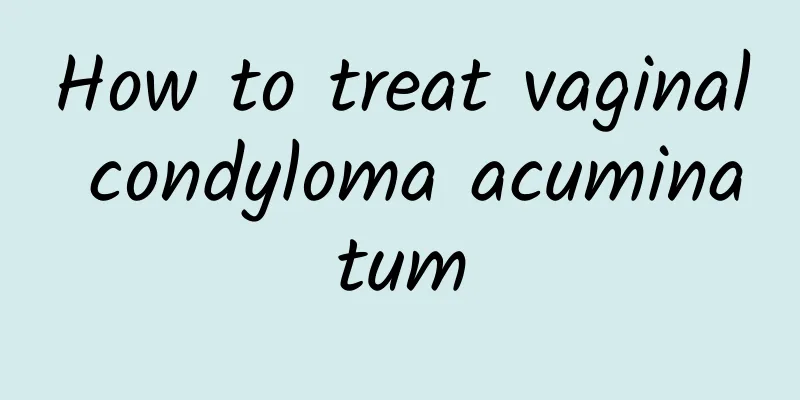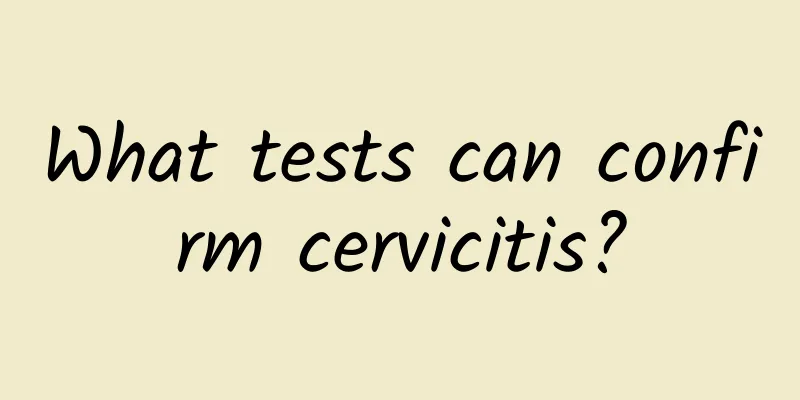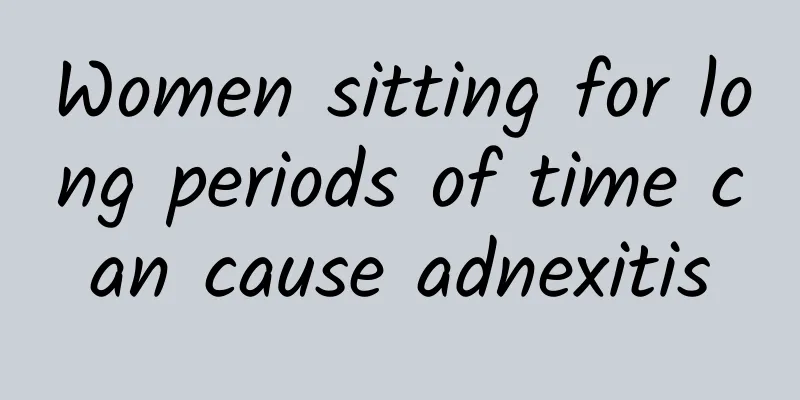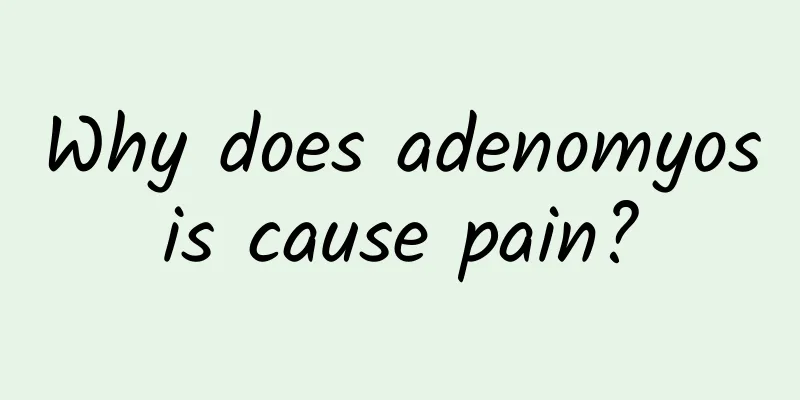How to treat vaginal condyloma acuminatum

|
Vaginal condyloma acuminatum is a sexually transmitted disease caused by contact with human papillomavirus (HPV) infection. It is contagious and the main route of transmission is direct transmission through sexual intercourse. It is very harmful. If condyloma acuminatum is not treated in time, it will continue to grow and increase in number, seriously affecting the patient's health. So how to treat vaginal condyloma acuminatum? Topical medications Before treatment, 1% tetracaine was applied topically for surface anesthesia to relieve pain. ① Apply 33%~50% trichloroacetic acid once a week. Generally, the lesions will disappear after 1-3 times. Trichloroacetic acid has low toxicity and does not damage the surrounding normal skin. It does not form scars after the lesions are repaired. It can be used for vaginal and cervical lesions. ② Apply 1% phthalamide ointment 3-5 times a day. It is expected to be cured in 4-6 weeks. It has little irritation and is widely used. ③Apply 10%-25% podophyllum resin to the lesions. This drug is cytotoxic, can inhibit the M phase of cell division, and is highly irritating. Be careful not to apply it to normal skin. It cannot be used for vaginal and cervical lesions. Wash it off 2-4 hours after application. Apply once a week and can be used continuously for 3-4 times. ④For external use, 5% fluorouracil ointment, once a day. One course of treatment is 10 to 14 days. Generally, 1 to 2 courses of treatment are required. Physical or surgical treatment 1. Physical therapy includes microwave, laser and cryotherapy. Microwave is to coagulate at the base of the wart. Because it is a contact treatment, it can be applied to any part of the condyloma acuminatum. Laser is suitable for warts in any part of the body and difficult to treat, large and multiple warts. 2. Cryotherapy is suitable for those with smaller warts and more localized lesions. Giant condyloma acuminatum can be removed with a microwave knife or surgery. 3. Interferon. Interferon has antiviral, antiproliferative and immune-regulating effects. It can limit the replication of HPV virus; slow down the division rate of cells in the lesion; and enhance the host's defense response to HPV infection. Commonly used genetically engineered recombinant interferon (YIFN) a-2a, the dose is 1 million u, injected intramuscularly once every other day, and one course of treatment is 3-4 weeks. Local injection at the base of the lesion can also be used. Interferon is generally not used alone, but mostly as an auxiliary medication. For recurrent and stubborn genital warts, a biopsy should be taken in time to exclude malignant transformation. |
Recommend
What is the charge standard for abortion in Shenzhen?
There are medical abortion and instrumental abort...
How can women prevent endometrial thickening?
It is very important to prevent endometrial thick...
Key points of expert consensus on hyperprolactinemia
For a disease like hyperprolactinemia, the probab...
What is transabdominal potassium chloride fetal reduction and what is the operation process of transabdominal potassium chloride fetal reduction?
Transabdominal potassium chloride feticide is an ...
Is food better when you hold it in your hands? Satisfy your "tactile hunger" and get rid of the guilt of overeating
Hunger is a multisensory experience. Our eyes, no...
What are the obvious early symptoms of dysmenorrhea?
Dysmenorrhea is a common gynecological disease. M...
What are the common symptoms of ectopic pregnancy?
What are the common symptoms of ectopic pregnancy...
What are the causes of bilateral ovarian cysts?
For the treatment of ovarian cysts, due to differ...
Introduction to the common causes and hazards of ectopic pregnancy
Ectopic pregnancy is different from normal pregna...
Do you know what symptoms of uterine fibroids are?
What are the symptoms of uterine fibroids? What s...
Is cervical erosion of degree 2 serious for women? Will cervical erosion of degree 2 affect pregnancy?
Cervical erosion is a very common disease that al...
Women should be alert to the precautions after painless abortion
Abortion is a common surgery, and there are sever...
How to take the medicine for medical abortion? It is divided into these 6 steps
The so-called medical abortion is to use the stim...
Causes of pelvic inflammatory bleeding
The general clinical manifestations of pelvic inf...
2 teas to lose weight in summer, 3 tips to stay healthy without getting fat
As the saying goes, "Lose weight in summer a...









